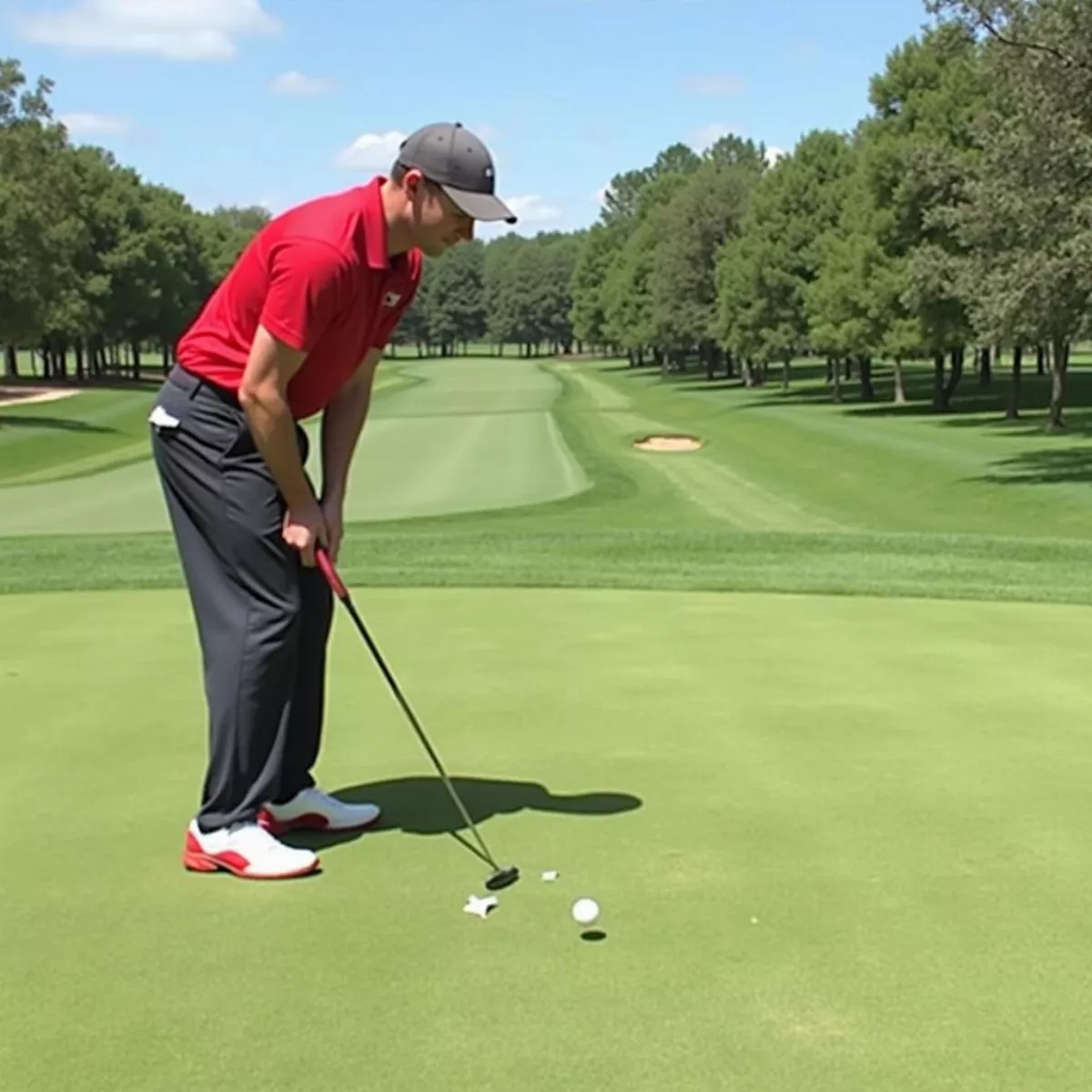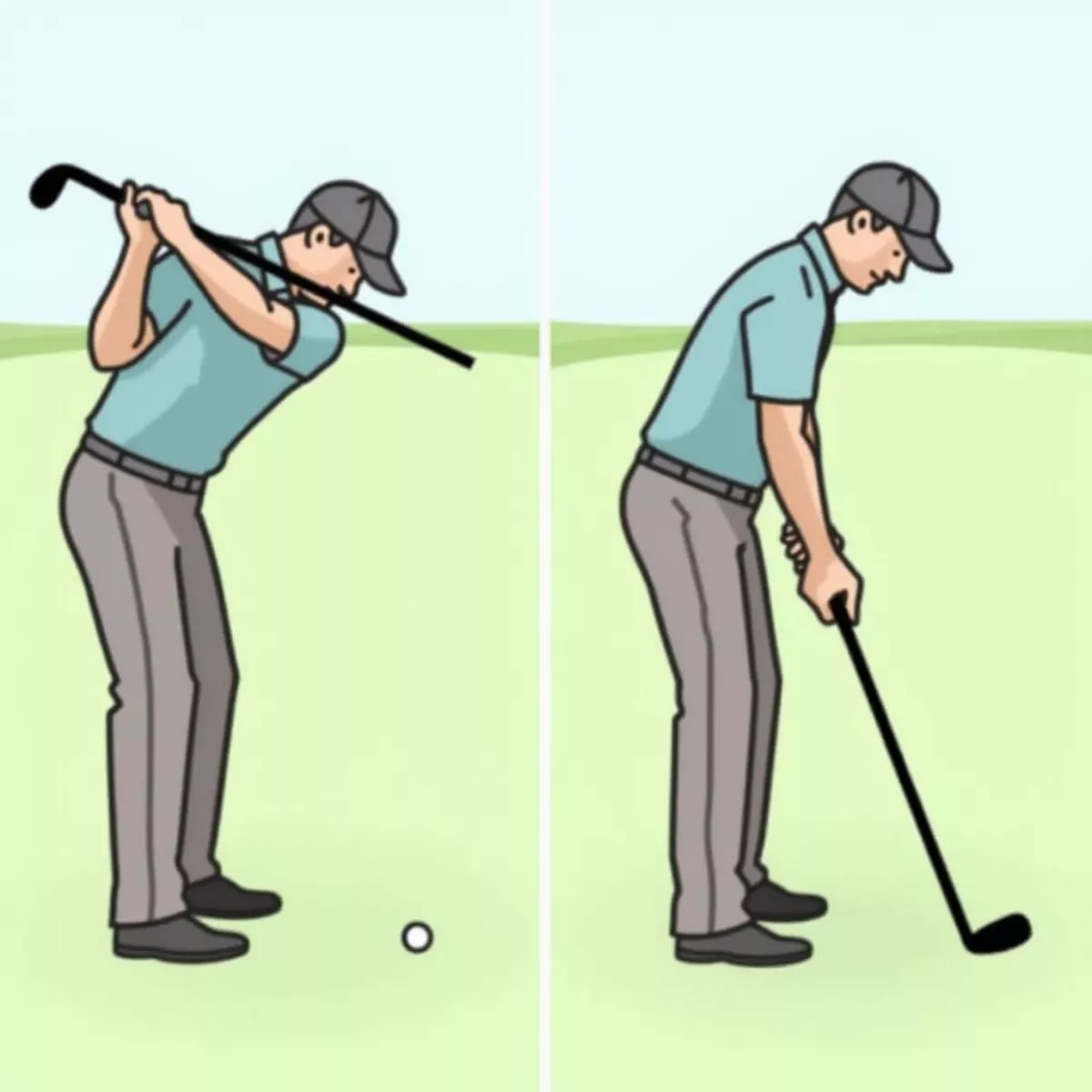Golf is a game of precision, strategy, and skill, and one of the most challenging scenarios a golfer can face is a tight lie. Understanding what a tight lie is, how to approach it, and the best techniques to conquer it can significantly improve your game. So, let’s break down everything you need to know in a friendly, conversational tone. Whether you’re a beginner or a seasoned golfer, this guide will help you deal with tight lies confidently.
What Is a Tight Lie?
In golf, the term tight lie refers to a situation where the ball rests on a closely mowed area of grass, often with little to no grass beneath or around it. Typically, this occurs on the fairway or closely mowed areas surrounding the green. In essence, the ball is sitting right on the ground, and you won’t have much “cushion” from grass fibers to help push the ball into the air.
Characteristics of a Tight Lie
- Minimal Grass Coverage: The grass is short and leaves little room for error.
- Solid Contact Required: To elevate the ball, you often need to strike the ball cleanly; otherwise, you risk hitting the ground or skimming over the ball.
- Requires Precision: A tight lie demands more precision in your swing than a fluffy lie, where the ball is resting on thicker grass.
Why Do Golfers Fear Tight Lies?
Many amateur golfers void tight lies because:
- Risk of Fat Shots: Striking the ground before the ball can lead to fat shots (where the club makes contact with the ground before the ball).
- Slicing or Hooking: Inconsistent strikes often lead to unpredictable ball flight.
- Confidence Issues: Lack of practice on tight lies can diminish a golfer’s confidence during crucial shots.
 Golf ball on tight lie
Golf ball on tight lie
How to Play from a Tight Lie
Key Techniques for Success
- Proper Setup:
- Position the Ball: Place the ball slightly back in your stance. This allows for a downward strike, which is crucial for clean contact.
- Weight Distribution: Shift your weight slightly toward your front foot to promote a downward strike.
- Swing Adjustments:
- Shorten Your Swing: Consider a more compact swing; it increases control and accuracy.
- Maintain a Steady Head: Keep your head still to improve balance and consistency during impact.
- Club Selection:
- A shorter iron (like an 8 or 9 iron) may be preferable, as these clubs often offer more control for delicate shots.
- Practice Techniques:
- Regularly practice hitting from tight lies using a practice mat with a simulative surface to replicate course conditions.
- Try to make contact with a tee or even a golf ball placed in a tight lie to foster muscle memory.
Golf Drills to Master Tight Lies
- The Glove Drill:
- Place a glove down where the ball would sit. Practice hitting the glove without hitting the ground.
- The Tee Drill:
- Set a tee slightly below ground level and practice hitting it cleanly, ensuring that you maintain your club height and follow-through.
 Golfer practicing tee drill for tight lie
Golfer practicing tee drill for tight lie
Overcoming Mental Barriers
Fear and hesitation can become a golfer’s worst enemy when facing tight lies. Here are some ways to build your mental strength:
- Visualization: Picture the shot you want to make. Visualizing success can significantly improve your physical execution.
- Focus on the Process: Concentrate on your setup and swing mechanics to take your mind off the potential for failure.
- Positive Self-Talk: Remind yourself that you are prepared and capable of executing the shot.
Key Takeaways
- A tight lie, marked by minimal grass coverage, challenges a golfer’s precision and technique.
- Proper setup and club selection are crucial for overcoming this common situation.
- Emphasize practice and mental preparation to boost confidence in tight lies.
Frequently Asked Questions (FAQs)
1. What is the difference between a tight lie and a fluffy lie?
A tight lie has little to no grass beneath the ball, while a fluffy lie features thick grass that can aid in lifting the ball.
2. Can you use a rescue club on a tight lie?
Yes, a rescue club can be effective if you need to cover more distance, but a shorter iron often allows for better control.
3. How should my stance change when facing a tight lie?
Position the ball slightly back in your stance and lean your weight toward your front foot to encourage a downward strike.
 Golfer stance for a tight lie
Golfer stance for a tight lie
4. Should I change my grip for tight lies?
Generally, maintaining a standard grip works well, but ensure you keep it firm to enhance control.
5. What if the ball is sitting on a slope?
Adjust your setup accordingly; position the ball as needed (higher or lower in your stance) and ensure your weight is shifted appropriately based on the slope direction.
6. How can I improve my confidence for tight lies?
Practice regularly and focus on positive visualization and mindset techniques to build confidence over time.
7. Are there any special drills to help with tight lies?
Yes, drills like the Glove Drill or Tee Drill can enhance your swing mechanics and confidence when working from tight lies.
8. Should I use a longer swing on a tight lie?
No, a shorter, more compact swing allows for increased control and precision on tightly mowed grass.
9. What’s the most crucial factor in hitting from a tight lie?
Making clean contact with the ball is vital; focus on your setup and swing mechanics to avoid hitting the ground before the ball.
10. How can I practice hitting from tight lies if I don’t have access to a green?
Use a practice net or a suburban lawn—mow low (with permission) to simulate a tight lie.
By using these techniques and understanding the underlying principles behind tight lies, you can turn challenging situations into opportunities for improved play. Happy golfing, and may the next tight lie you face be met with confidence and skill!

